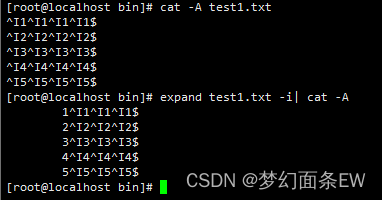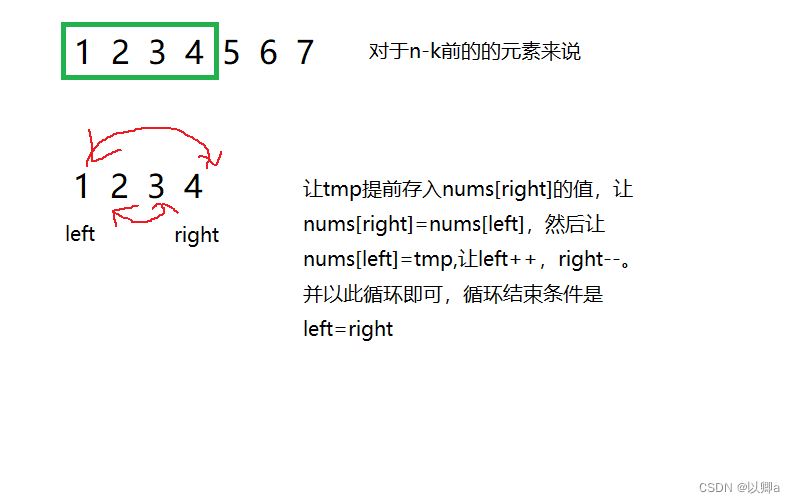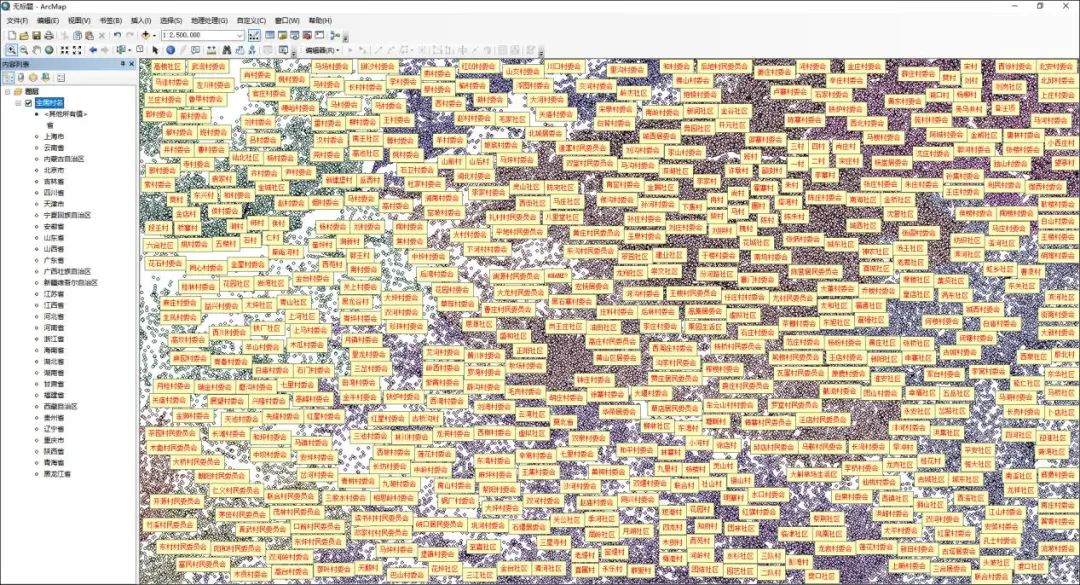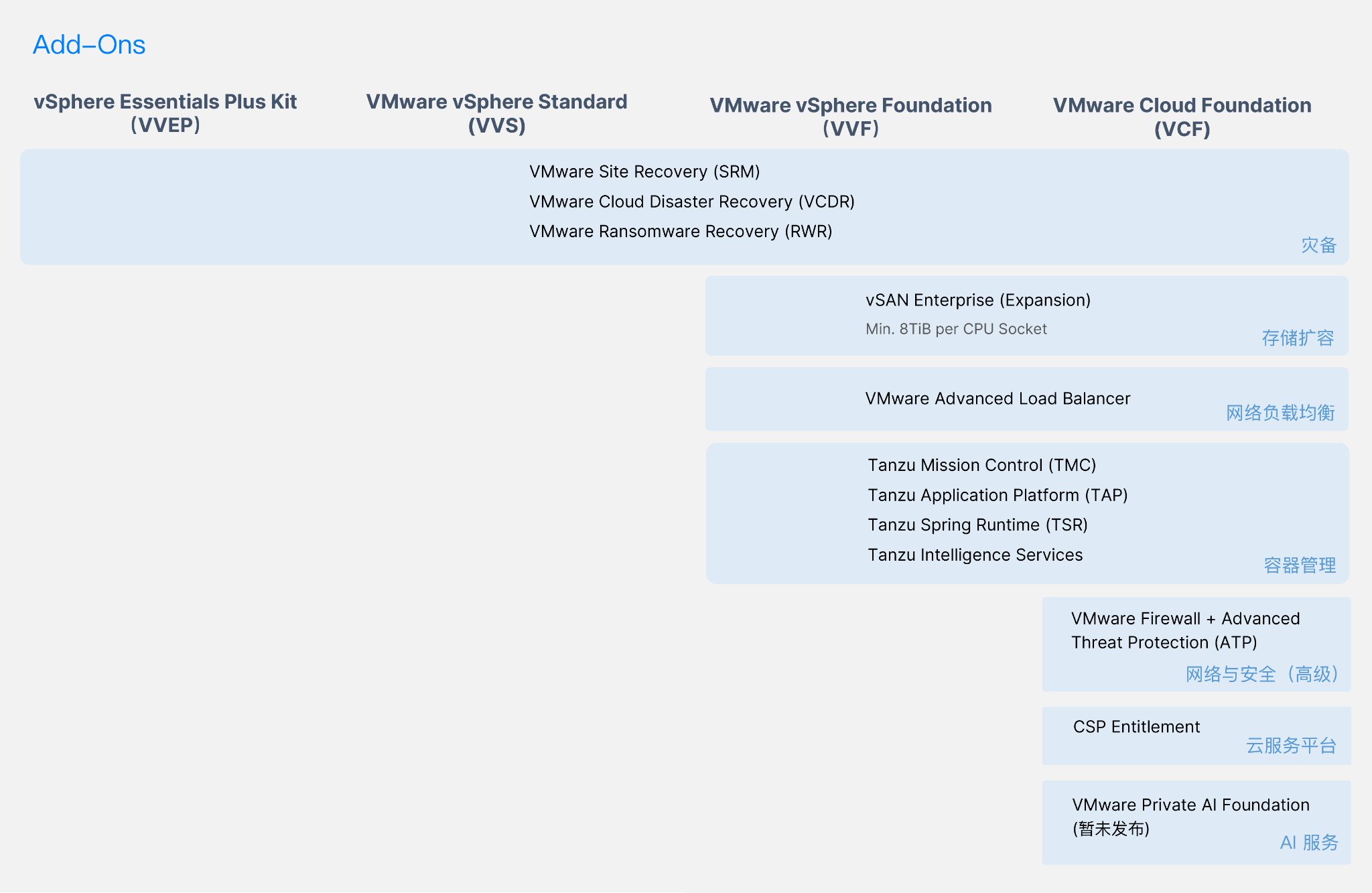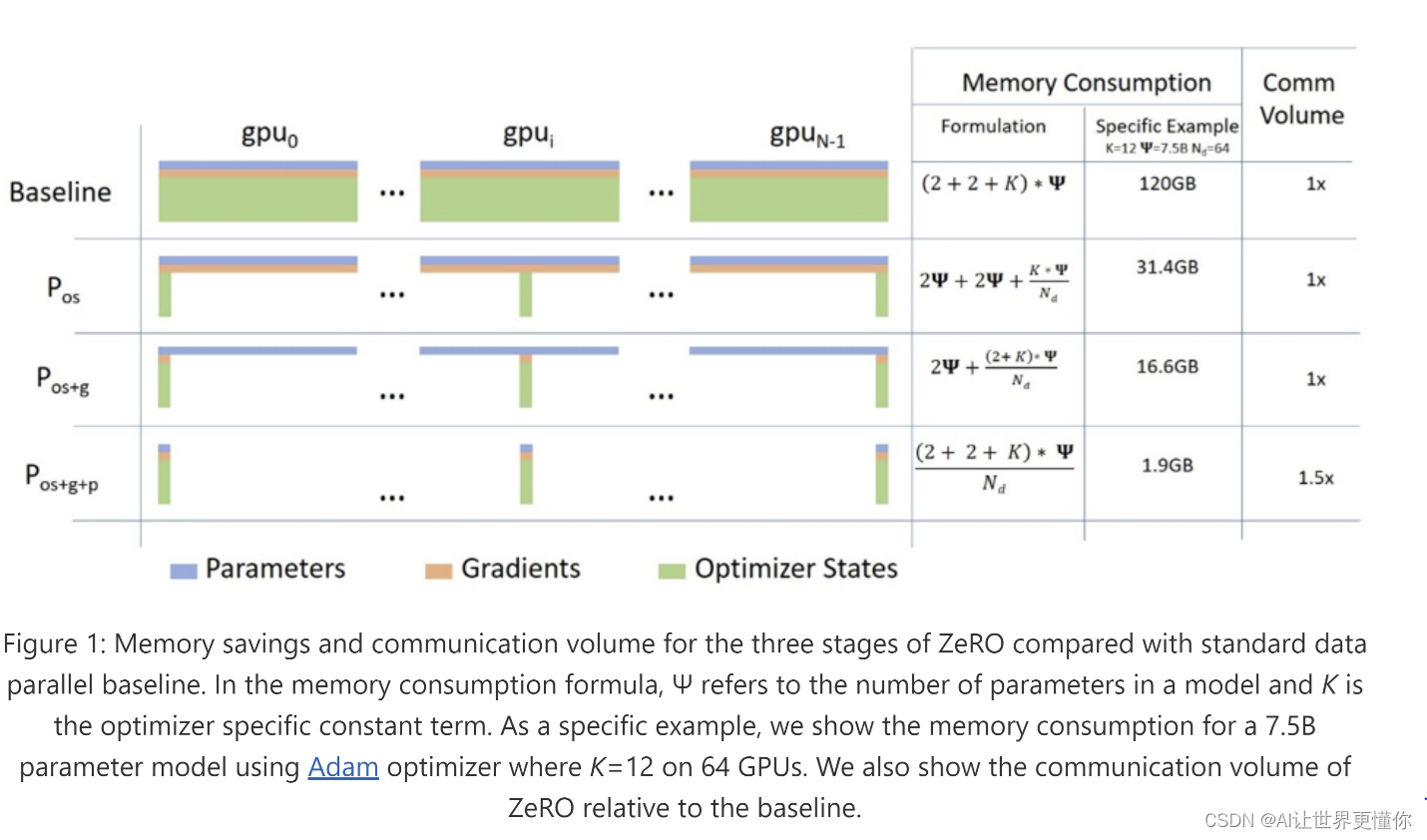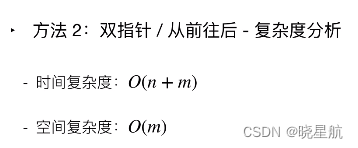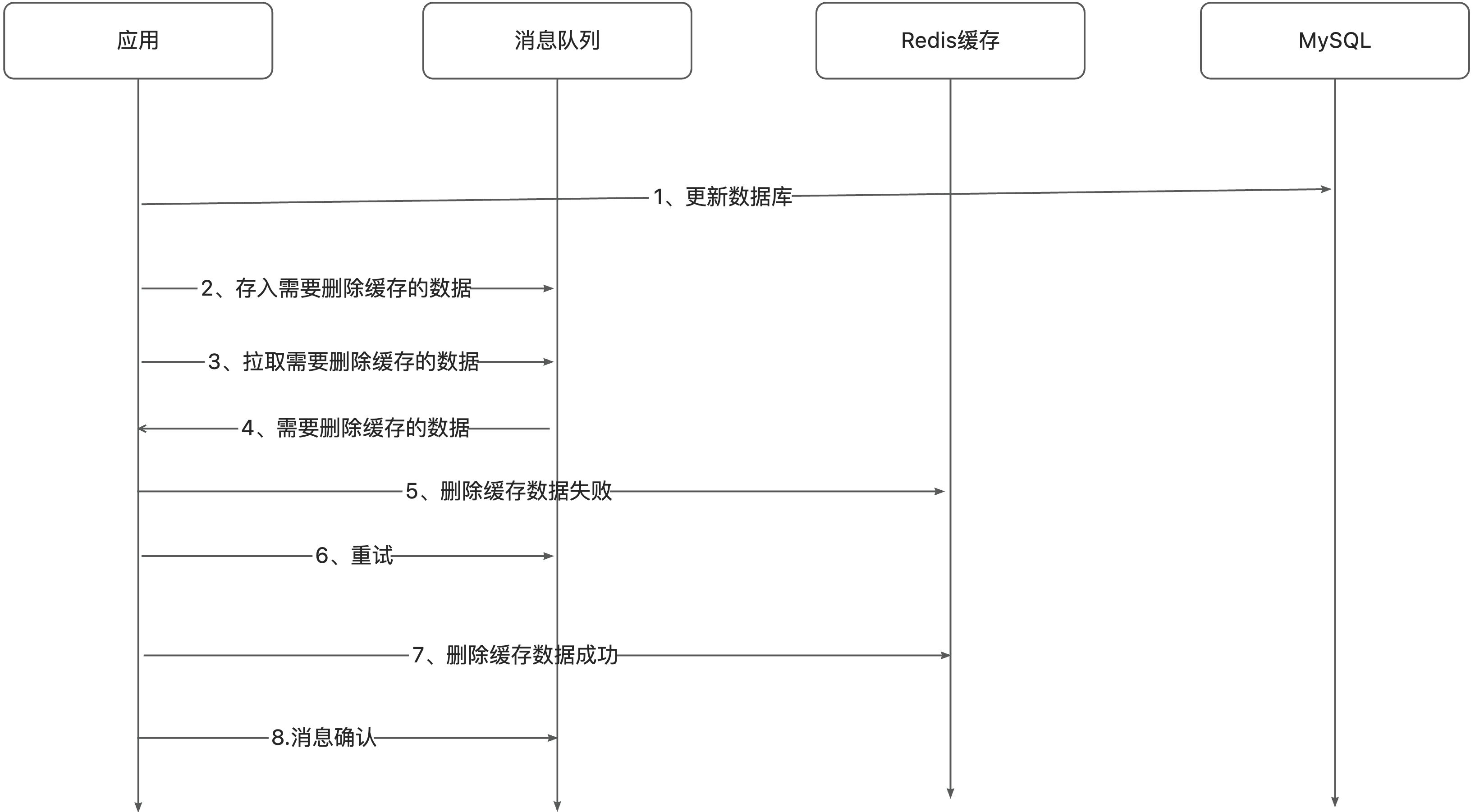DeepLab复现的pytorch实现
本文复现的主要是deeplabv3。使用的数据集和之前发的文章FCN一样,没有了解的可以移步到之前发的文章中去查看一下。
1.该模型的主要结构
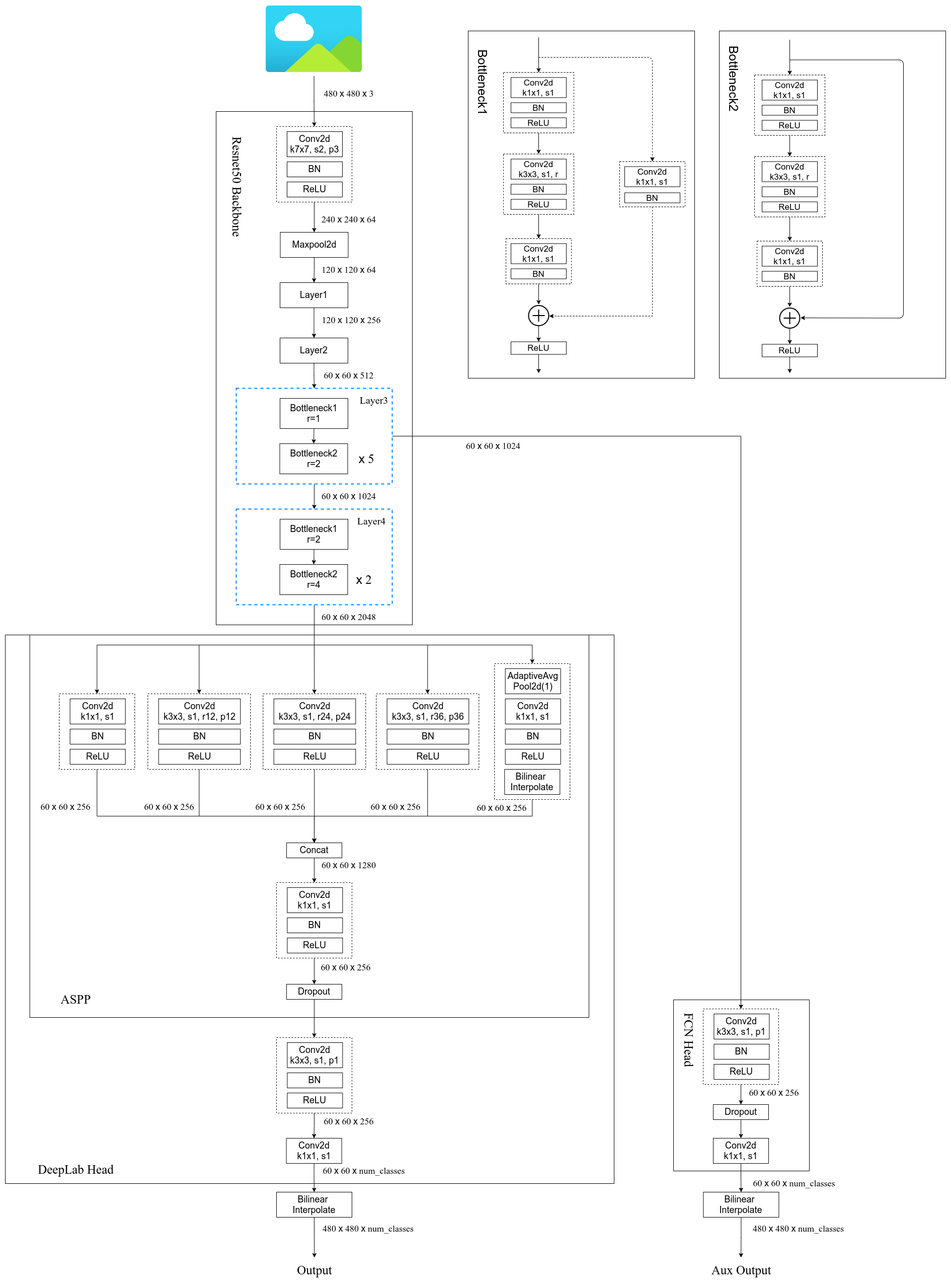
对于代码部分,主要只写了模型部分的,其他部分内容基本和FCN的一致,在下面也会给出完整代码仓库的地址方便大家进行学习。
from collections import OrderedDict
from typing import Dict, List
import torch
from torch import nn, Tensor
from torch.nn import functional as F
from .resnet_backbone import resnet50, resnet101
from .mobilenet_backbone import mobilenet_v3_large
class IntermediateLayerGetter(nn.ModuleDict): # 获取模型指定的中间层输出
"""
Module wrapper that returns intermediate layers from a model
It has a strong assumption that the modules have been registered
into the model in the same order as they are used.
This means that one should **not** reuse the same nn.Module
twice in the forward if you want this to work.
Additionally, it is only able to query submodules that are directly
assigned to the model. So if `model` is passed, `model.feature1` can
be returned, but not `model.feature1.layer2`.
Args:
model (nn.Module): model on which we will extract the features
return_layers (Dict[name, new_name]): a dict containing the names
of the modules for which the activations will be returned as
the key of the dict, and the value of the dict is the name
of the returned activation (which the user can specify).
"""
_version = 2
__annotations__ = {
"return_layers": Dict[str, str],
}
def __init__(self, model: nn.Module, return_layers: Dict[str, str]) -> None:
if not set(return_layers).issubset([name for name, _ in model.named_children()]):
raise ValueError("return_layers are not present in model")
orig_return_layers = return_layers
return_layers = {str(k): str(v) for k, v in return_layers.items()}
# 重新构建backbone,将没有使用到的模块全部删掉
layers = OrderedDict()
for name, module in model.named_children():
layers[name] = module
if name in return_layers:
del return_layers[name]
if not return_layers:
break
super(IntermediateLayerGetter, self).__init__(layers)
self.return_layers = orig_return_layers
def forward(self, x: Tensor) -> Dict[str, Tensor]:
out = OrderedDict()
for name, module in self.items():
x = module(x)
if name in self.return_layers:
out_name = self.return_layers[name]
out[out_name] = x
return out
class DeepLabV3(nn.Module):
"""
Implements DeepLabV3 model from
`"Rethinking Atrous Convolution for Semantic Image Segmentation"
<https://arxiv.org/abs/1706.05587>`_.
Args:
backbone (nn.Module): the network used to compute the features for the model.
The backbone should return an OrderedDict[Tensor], with the key being
"out" for the last feature map used, and "aux" if an auxiliary classifier
is used.
classifier (nn.Module): module that takes the "out" element returned from
the backbone and returns a dense prediction.
aux_classifier (nn.Module, optional): auxiliary classifier used during training
"""
__constants__ = ['aux_classifier']
def __init__(self, backbone, classifier, aux_classifier=None):
super(DeepLabV3, self).__init__()
self.backbone = backbone
self.classifier = classifier
self.aux_classifier = aux_classifier
def forward(self, x: Tensor) -> Dict[str, Tensor]:
input_shape = x.shape[-2:]
# contract: features is a dict of tensors
features = self.backbone(x)
result = OrderedDict()
x = features["out"]
x = self.classifier(x)
# 使用双线性插值还原回原图尺度
x = F.interpolate(x, size=input_shape, mode='bilinear', align_corners=False)
result["out"] = x
if self.aux_classifier is not None:
x = features["aux"]
x = self.aux_classifier(x)
# 使用双线性插值还原回原图尺度
x = F.interpolate(x, size=input_shape, mode='bilinear', align_corners=False)
result["aux"] = x
return result
class FCNHead(nn.Sequential):
def __init__(self, in_channels, channels):
inter_channels = in_channels // 4 # 两个//表示地板除,即先做除法,然后向下取整
super(FCNHead, self).__init__(
nn.Conv2d(in_channels, inter_channels, 3, padding=1, bias=False),
nn.BatchNorm2d(inter_channels),
nn.ReLU(),
nn.Dropout(0.1),
nn.Conv2d(inter_channels, channels, 1)
)
class ASPPConv(nn.Sequential):
def __init__(self, in_channels: int, out_channels: int, dilation: int) -> None:
super(ASPPConv, self).__init__(
nn.Conv2d(in_channels, out_channels, 3, padding=dilation, dilation=dilation, bias=False),
nn.BatchNorm2d(out_channels),
nn.ReLU()
)
class ASPPPooling(nn.Sequential):
def __init__(self, in_channels: int, out_channels: int) -> None:
super(ASPPPooling, self).__init__(
nn.AdaptiveAvgPool2d(1),
nn.Conv2d(in_channels, out_channels, 1, bias=False),
nn.BatchNorm2d(out_channels),
nn.ReLU()
)
def forward(self, x: torch.Tensor) -> torch.Tensor:
size = x.shape[-2:]
for mod in self:
x = mod(x)
return F.interpolate(x, size=size, mode='bilinear', align_corners=False)
class ASPP(nn.Module):
def __init__(self, in_channels: int, atrous_rates: List[int], out_channels: int = 256) -> None:
super(ASPP, self).__init__()
modules = [
nn.Sequential(nn.Conv2d(in_channels, out_channels, 1, bias=False),
nn.BatchNorm2d(out_channels),
nn.ReLU())
]
rates = tuple(atrous_rates)
for rate in rates:
modules.append(ASPPConv(in_channels, out_channels, rate))
modules.append(ASPPPooling(in_channels, out_channels))
self.convs = nn.ModuleList(modules)
self.project = nn.Sequential(
nn.Conv2d(len(self.convs) * out_channels, out_channels, 1, bias=False),
nn.BatchNorm2d(out_channels),
nn.ReLU(),
nn.Dropout(0.5)
)
def forward(self, x: torch.Tensor) -> torch.Tensor:
_res = []
for conv in self.convs:
_res.append(conv(x))
res = torch.cat(_res, dim=1)
return self.project(res)
class DeepLabHead(nn.Sequential):
def __init__(self, in_channels: int, num_classes: int) -> None:
super(DeepLabHead, self).__init__(
ASPP(in_channels, [12, 24, 36]),
nn.Conv2d(256, 256, 3, padding=1, bias=False),
nn.BatchNorm2d(256),
nn.ReLU(),
nn.Conv2d(256, num_classes, 1)
)
def deeplabv3_resnet50(aux, num_classes=21, pretrain_backbone=False):
# 'resnet50_imagenet': 'https://download.pytorch.org/models/resnet50-0676ba61.pth'
# 'deeplabv3_resnet50_coco': 'https://download.pytorch.org/models/deeplabv3_resnet50_coco-cd0a2569.pth'
backbone = resnet50(replace_stride_with_dilation=[False, True, True])
if pretrain_backbone:
# 载入resnet50 backbone预训练权重
backbone.load_state_dict(torch.load("resnet50.pth", map_location='cpu'))
out_inplanes = 2048
aux_inplanes = 1024
return_layers = {'layer4': 'out'}
if aux:
return_layers['layer3'] = 'aux'
backbone = IntermediateLayerGetter(backbone, return_layers=return_layers)
aux_classifier = None
# why using aux: https://github.com/pytorch/vision/issues/4292
if aux:
aux_classifier = FCNHead(aux_inplanes, num_classes)
classifier = DeepLabHead(out_inplanes, num_classes)
model = DeepLabV3(backbone, classifier, aux_classifier)
return model
def deeplabv3_resnet101(aux, num_classes=21, pretrain_backbone=False):
# 'resnet101_imagenet': 'https://download.pytorch.org/models/resnet101-63fe2227.pth'
# 'deeplabv3_resnet101_coco': 'https://download.pytorch.org/models/deeplabv3_resnet101_coco-586e9e4e.pth'
backbone = resnet101(replace_stride_with_dilation=[False, True, True])
if pretrain_backbone:
# 载入resnet101 backbone预训练权重
backbone.load_state_dict(torch.load("resnet101.pth", map_location='cpu'))
out_inplanes = 2048
aux_inplanes = 1024
return_layers = {'layer4': 'out'}
if aux:
return_layers['layer3'] = 'aux'
backbone = IntermediateLayerGetter(backbone, return_layers=return_layers)
aux_classifier = None
# why using aux: https://github.com/pytorch/vision/issues/4292
if aux:
aux_classifier = FCNHead(aux_inplanes, num_classes)
classifier = DeepLabHead(out_inplanes, num_classes)
model = DeepLabV3(backbone, classifier, aux_classifier)
return model
def deeplabv3_mobilenetv3_large(aux, num_classes=21, pretrain_backbone=False):
# 'mobilenetv3_large_imagenet': 'https://download.pytorch.org/models/mobilenet_v3_large-8738ca79.pth'
# 'depv3_mobilenetv3_large_coco': "https://download.pytorch.org/models/deeplabv3_mobilenet_v3_large-fc3c493d.pth"
backbone = mobilenet_v3_large(dilated=True)
if pretrain_backbone:
# 载入mobilenetv3 large backbone预训练权重
backbone.load_state_dict(torch.load("mobilenet_v3_large.pth", map_location='cpu'))
backbone = backbone.features
# Gather the indices of blocks which are strided. These are the locations of C1, ..., Cn-1 blocks.
# The first and last blocks are always included because they are the C0 (conv1) and Cn.
stage_indices = [0] + [i for i, b in enumerate(backbone) if getattr(b, "is_strided", False)] + [len(backbone) - 1]
out_pos = stage_indices[-1] # use C5 which has output_stride = 16
out_inplanes = backbone[out_pos].out_channels
aux_pos = stage_indices[-4] # use C2 here which has output_stride = 8
aux_inplanes = backbone[aux_pos].out_channels
return_layers = {str(out_pos): "out"}
if aux:
return_layers[str(aux_pos)] = "aux"
backbone = IntermediateLayerGetter(backbone, return_layers=return_layers)
aux_classifier = None
# why using aux: https://github.com/pytorch/vision/issues/4292
if aux:
aux_classifier = FCNHead(aux_inplanes, num_classes)
classifier = DeepLabHead(out_inplanes, num_classes)
model = DeepLabV3(backbone, classifier, aux_classifier)
return model
----------------------------------------------------------------------------------分割线-------------------------------------------
from typing import Callable, List, Optional
import torch
from torch import nn, Tensor
from torch.nn import functional as F
from functools import partial
def _make_divisible(ch, divisor=8, min_ch=None): # 为了使每一层的通道数都可以被8整除
"""
This function is taken from the original tf repo.
It ensures that all layers have a channel number that is divisible by 8
It can be seen here:
https://github.com/tensorflow/models/blob/master/research/slim/nets/mobilenet/mobilenet.py
"""
if min_ch is None:
min_ch = divisor
new_ch = max(min_ch, int(ch + divisor / 2) // divisor * divisor)
# Make sure that round down does not go down by more than 10%.
if new_ch < 0.9 * ch:
new_ch += divisor
return new_ch
class ConvBNActivation(nn.Sequential):
def __init__(self,
in_planes: int,
out_planes: int,
kernel_size: int = 3,
stride: int = 1,
groups: int = 1,
norm_layer: Optional[Callable[..., nn.Module]] = None,
activation_layer: Optional[Callable[..., nn.Module]] = None,
dilation: int = 1):
padding = (kernel_size - 1) // 2 * dilation
if norm_layer is None:
norm_layer = nn.BatchNorm2d
if activation_layer is None:
activation_layer = nn.ReLU6
super(ConvBNActivation, self).__init__(nn.Conv2d(in_channels=in_planes,
out_channels=out_planes,
kernel_size=kernel_size,
stride=stride,
dilation=dilation,
padding=padding,
groups=groups,
bias=False),
norm_layer(out_planes),
activation_layer(inplace=True))
self.out_channels = out_planes
class SqueezeExcitation(nn.Module):
def __init__(self, input_c: int, squeeze_factor: int = 4):
super(SqueezeExcitation, self).__init__()
squeeze_c = _make_divisible(input_c // squeeze_factor, 8)
self.fc1 = nn.Conv2d(input_c, squeeze_c, 1)
self.fc2 = nn.Conv2d(squeeze_c, input_c, 1)
def forward(self, x: Tensor) -> Tensor:
scale = F.adaptive_avg_pool2d(x, output_size=(1, 1))
scale = self.fc1(scale)
scale = F.relu(scale, inplace=True)
scale = self.fc2(scale)
scale = F.hardsigmoid(scale, inplace=True)
return scale * x
class InvertedResidualConfig:
def __init__(self,
input_c: int,
kernel: int,
expanded_c: int,
out_c: int,
use_se: bool,
activation: str,
stride: int,
dilation: int,
width_multi: float):
self.input_c = self.adjust_channels(input_c, width_multi)
self.kernel = kernel
self.expanded_c = self.adjust_channels(expanded_c, width_multi)
self.out_c = self.adjust_channels(out_c, width_multi)
self.use_se = use_se
self.use_hs = activation == "HS" # whether using h-swish activation
self.stride = stride
self.dilation = dilation
@staticmethod
def adjust_channels(channels: int, width_multi: float):
return _make_divisible(channels * width_multi, 8)
class InvertedResidual(nn.Module):
def __init__(self,
cnf: InvertedResidualConfig,
norm_layer: Callable[..., nn.Module]):
super(InvertedResidual, self).__init__()
if cnf.stride not in [1, 2]:
raise ValueError("illegal stride value.")
self.use_res_connect = (cnf.stride == 1 and cnf.input_c == cnf.out_c)
layers: List[nn.Module] = []
activation_layer = nn.Hardswish if cnf.use_hs else nn.ReLU
# expand
if cnf.expanded_c != cnf.input_c:
layers.append(ConvBNActivation(cnf.input_c,
cnf.expanded_c,
kernel_size=1,
norm_layer=norm_layer,
activation_layer=activation_layer))
# depthwise
stride = 1 if cnf.dilation > 1 else cnf.stride
layers.append(ConvBNActivation(cnf.expanded_c,
cnf.expanded_c,
kernel_size=cnf.kernel,
stride=stride,
dilation=cnf.dilation,
groups=cnf.expanded_c,
norm_layer=norm_layer,
activation_layer=activation_layer))
if cnf.use_se:
layers.append(SqueezeExcitation(cnf.expanded_c))
# project
layers.append(ConvBNActivation(cnf.expanded_c,
cnf.out_c,
kernel_size=1,
norm_layer=norm_layer,
activation_layer=nn.Identity))
self.block = nn.Sequential(*layers)
self.out_channels = cnf.out_c
self.is_strided = cnf.stride > 1
def forward(self, x: Tensor) -> Tensor:
result = self.block(x)
if self.use_res_connect:
result += x
return result
class MobileNetV3(nn.Module):
def __init__(self,
inverted_residual_setting: List[InvertedResidualConfig],
last_channel: int,
num_classes: int = 1000,
block: Optional[Callable[..., nn.Module]] = None,
norm_layer: Optional[Callable[..., nn.Module]] = None):
super(MobileNetV3, self).__init__()
if not inverted_residual_setting:
raise ValueError("The inverted_residual_setting should not be empty.")
elif not (isinstance(inverted_residual_setting, List) and
all([isinstance(s, InvertedResidualConfig) for s in inverted_residual_setting])):
raise TypeError("The inverted_residual_setting should be List[InvertedResidualConfig]")
if block is None:
block = InvertedResidual
if norm_layer is None:
norm_layer = partial(nn.BatchNorm2d, eps=0.001, momentum=0.01)
layers: List[nn.Module] = []
# building first layer
firstconv_output_c = inverted_residual_setting[0].input_c
layers.append(ConvBNActivation(3,
firstconv_output_c,
kernel_size=3,
stride=2,
norm_layer=norm_layer,
activation_layer=nn.Hardswish))
# building inverted residual blocks
for cnf in inverted_residual_setting:
layers.append(block(cnf, norm_layer))
# building last several layers
lastconv_input_c = inverted_residual_setting[-1].out_c
lastconv_output_c = 6 * lastconv_input_c
layers.append(ConvBNActivation(lastconv_input_c,
lastconv_output_c,
kernel_size=1,
norm_layer=norm_layer,
activation_layer=nn.Hardswish))
self.features = nn.Sequential(*layers)
self.avgpool = nn.AdaptiveAvgPool2d(1)
self.classifier = nn.Sequential(nn.Linear(lastconv_output_c, last_channel),
nn.Hardswish(inplace=True),
nn.Dropout(p=0.2, inplace=True),
nn.Linear(last_channel, num_classes))
# initial weights
for m in self.modules():
if isinstance(m, nn.Conv2d):
nn.init.kaiming_normal_(m.weight, mode="fan_out")
if m.bias is not None:
nn.init.zeros_(m.bias)
elif isinstance(m, (nn.BatchNorm2d, nn.GroupNorm)):
nn.init.ones_(m.weight)
nn.init.zeros_(m.bias)
elif isinstance(m, nn.Linear):
nn.init.normal_(m.weight, 0, 0.01)
nn.init.zeros_(m.bias)
def _forward_impl(self, x: Tensor) -> Tensor:
x = self.features(x)
x = self.avgpool(x)
x = torch.flatten(x, 1)
x = self.classifier(x)
return x
def forward(self, x: Tensor) -> Tensor:
return self._forward_impl(x)
def mobilenet_v3_large(num_classes: int = 1000,
reduced_tail: bool = False,
dilated: bool = False) -> MobileNetV3:
"""
Constructs a large MobileNetV3 architecture from
"Searching for MobileNetV3" <https://arxiv.org/abs/1905.02244>.
weights_link:
https://download.pytorch.org/models/mobilenet_v3_large-8738ca79.pth
Args:
num_classes (int): number of classes
reduced_tail (bool): If True, reduces the channel counts of all feature layers
between C4 and C5 by 2. It is used to reduce the channel redundancy in the
backbone for Detection and Segmentation.
dilated: whether using dilated conv
"""
width_multi = 1.0
bneck_conf = partial(InvertedResidualConfig, width_multi=width_multi)
adjust_channels = partial(InvertedResidualConfig.adjust_channels, width_multi=width_multi)
reduce_divider = 2 if reduced_tail else 1
dilation = 2 if dilated else 1
inverted_residual_setting = [
# input_c, kernel, expanded_c, out_c, use_se, activation, stride, dilation
bneck_conf(16, 3, 16, 16, False, "RE", 1, 1),
bneck_conf(16, 3, 64, 24, False, "RE", 2, 1), # C1
bneck_conf(24, 3, 72, 24, False, "RE", 1, 1),
bneck_conf(24, 5, 72, 40, True, "RE", 2, 1), # C2
bneck_conf(40, 5, 120, 40, True, "RE", 1, 1),
bneck_conf(40, 5, 120, 40, True, "RE", 1, 1),
bneck_conf(40, 3, 240, 80, False, "HS", 2, 1), # C3
bneck_conf(80, 3, 200, 80, False, "HS", 1, 1),
bneck_conf(80, 3, 184, 80, False, "HS", 1, 1),
bneck_conf(80, 3, 184, 80, False, "HS", 1, 1),
bneck_conf(80, 3, 480, 112, True, "HS", 1, 1),
bneck_conf(112, 3, 672, 112, True, "HS", 1, 1),
bneck_conf(112, 5, 672, 160 // reduce_divider, True, "HS", 2, dilation), # C4
bneck_conf(160 // reduce_divider, 5, 960 // reduce_divider, 160 // reduce_divider, True, "HS", 1, dilation),
bneck_conf(160 // reduce_divider, 5, 960 // reduce_divider, 160 // reduce_divider, True, "HS", 1, dilation),
]
last_channel = adjust_channels(1280 // reduce_divider) # C5
return MobileNetV3(inverted_residual_setting=inverted_residual_setting,
last_channel=last_channel,
num_classes=num_classes)
def mobilenet_v3_small(num_classes: int = 1000,
reduced_tail: bool = False,
dilated: bool = False) -> MobileNetV3:
"""
Constructs a large MobileNetV3 architecture from
"Searching for MobileNetV3" <https://arxiv.org/abs/1905.02244>.
weights_link:
https://download.pytorch.org/models/mobilenet_v3_small-047dcff4.pth
Args:
num_classes (int): number of classes
reduced_tail (bool): If True, reduces the channel counts of all feature layers
between C4 and C5 by 2. It is used to reduce the channel redundancy in the
backbone for Detection and Segmentation.
dilated: whether using dilated conv
"""
width_multi = 1.0
bneck_conf = partial(InvertedResidualConfig, width_multi=width_multi)
adjust_channels = partial(InvertedResidualConfig.adjust_channels, width_multi=width_multi)
reduce_divider = 2 if reduced_tail else 1
dilation = 2 if dilated else 1
inverted_residual_setting = [
# input_c, kernel, expanded_c, out_c, use_se, activation, stride, dilation
bneck_conf(16, 3, 16, 16, True, "RE", 2, 1), # C1
bneck_conf(16, 3, 72, 24, False, "RE", 2, 1), # C2
bneck_conf(24, 3, 88, 24, False, "RE", 1, 1),
bneck_conf(24, 5, 96, 40, True, "HS", 2, 1), # C3
bneck_conf(40, 5, 240, 40, True, "HS", 1, 1),
bneck_conf(40, 5, 240, 40, True, "HS", 1, 1),
bneck_conf(40, 5, 120, 48, True, "HS", 1, 1),
bneck_conf(48, 5, 144, 48, True, "HS", 1, 1),
bneck_conf(48, 5, 288, 96 // reduce_divider, True, "HS", 2, dilation), # C4
bneck_conf(96 // reduce_divider, 5, 576 // reduce_divider, 96 // reduce_divider, True, "HS", 1, dilation),
bneck_conf(96 // reduce_divider, 5, 576 // reduce_divider, 96 // reduce_divider, True, "HS", 1, dilation)
]
last_channel = adjust_channels(1024 // reduce_divider) # C5
return MobileNetV3(inverted_residual_setting=inverted_residual_setting,
last_channel=last_channel,
num_classes=num_classes)
在上述代码中,也将之前FCNmodel中没有的mobilenet作为backbone的模型代码也加了上来。
参考链接:
288, 96 // reduce_divider, True, “HS”, 2, dilation), # C4
bneck_conf(96 // reduce_divider, 5, 576 // reduce_divider, 96 // reduce_divider, True, “HS”, 1, dilation),
bneck_conf(96 // reduce_divider, 5, 576 // reduce_divider, 96 // reduce_divider, True, “HS”, 1, dilation)
]
last_channel = adjust_channels(1024 // reduce_divider) # C5
return MobileNetV3(inverted_residual_setting=inverted_residual_setting,
last_channel=last_channel,
num_classes=num_classes)
在上述代码中,也将之前FCNmodel中没有的mobilenet作为backbone的模型代码也加了上来。
参考链接:
[deep-learning-for-image-processing/pytorch_segmentation/fcn/src/fcn_model.py at bf4384bfc14e295fdbdc967d6b5093cce0bead17 · WZMIAOMIAO/deep-learning-for-image-processing (github.com)](https://github.com/WZMIAOMIAO/deep-learning-for-image-processing/blob/bf4384bfc14e295fdbdc967d6b5093cce0bead17/pytorch_segmentation/fcn/src/fcn_model.py)




